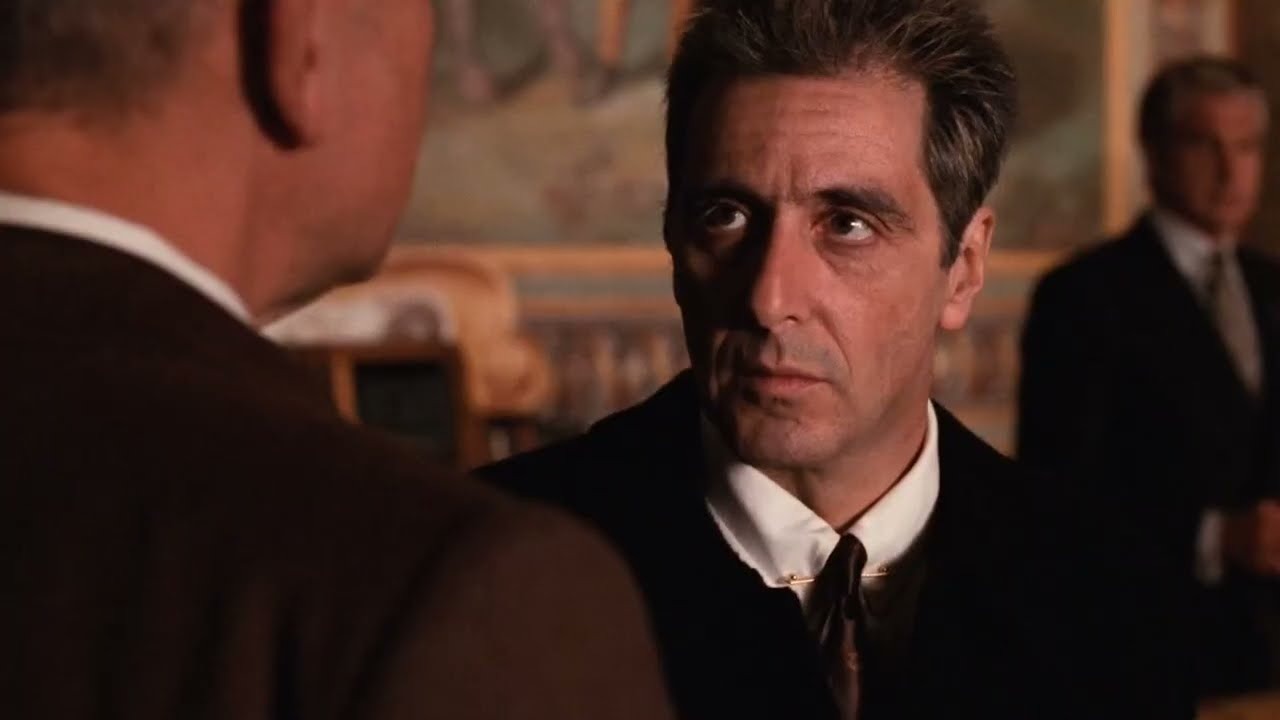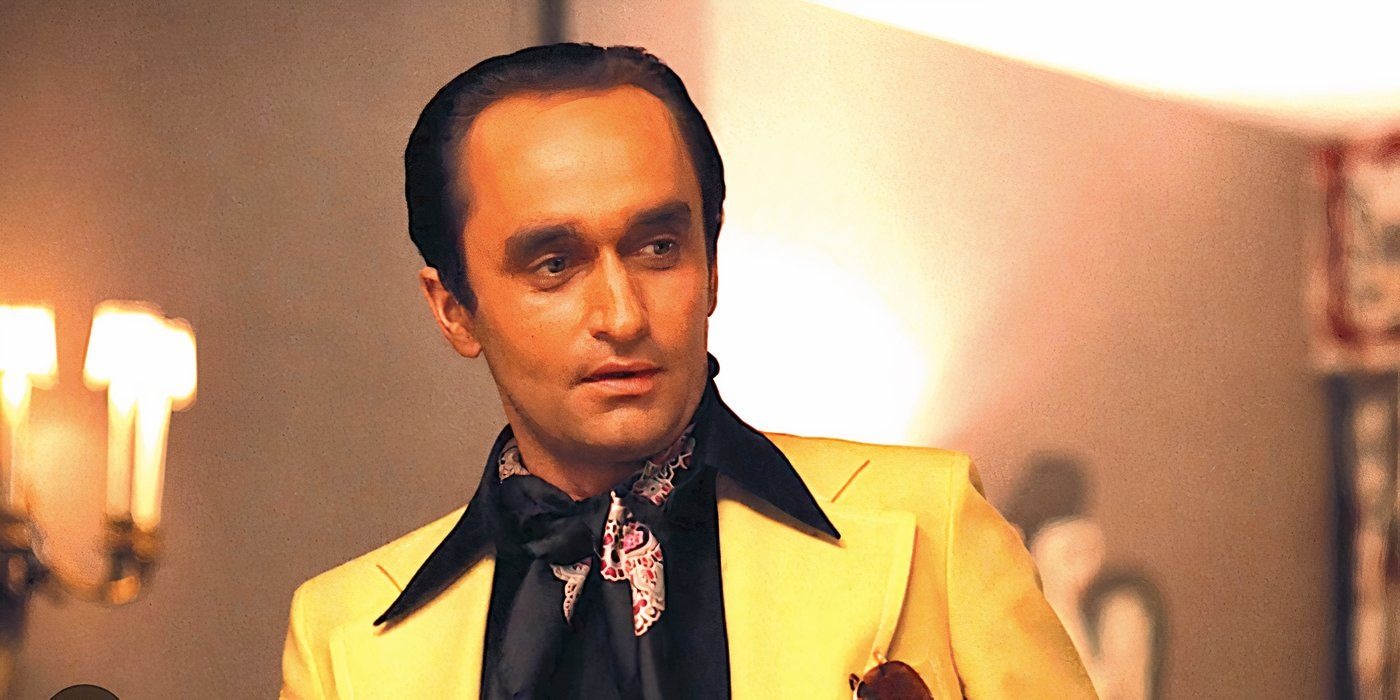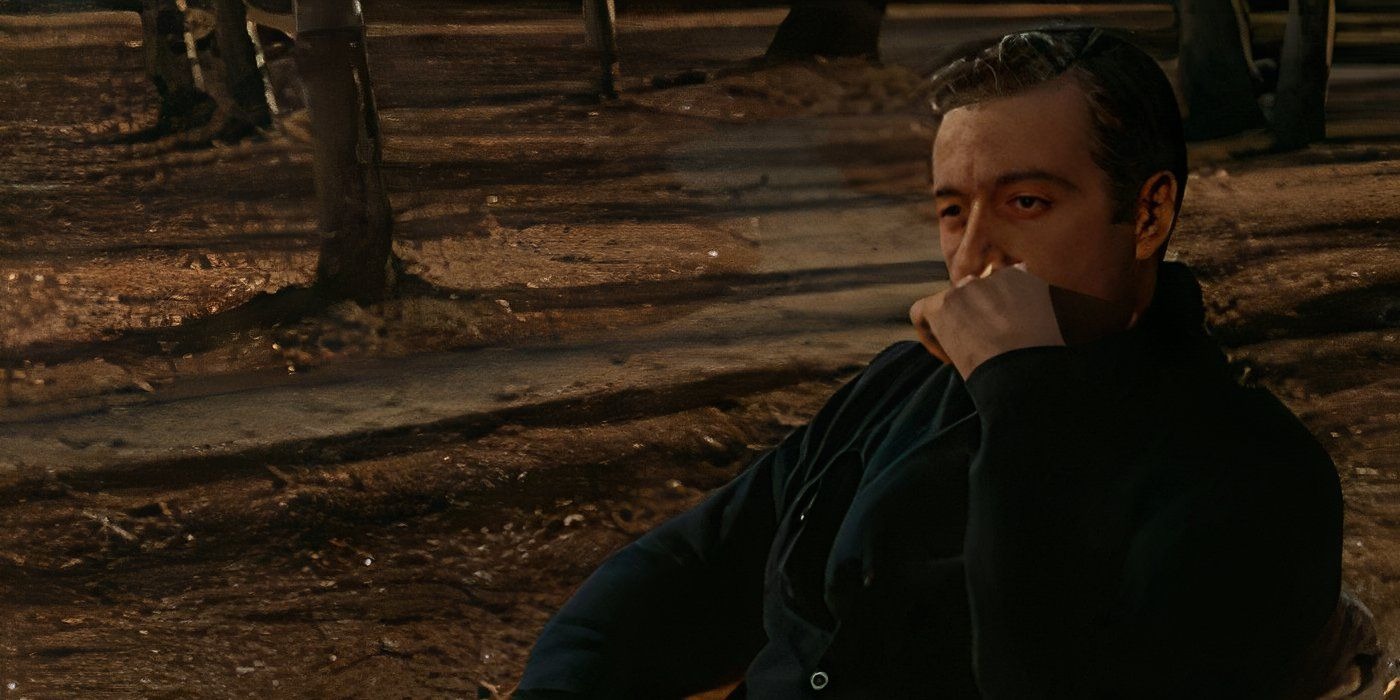The conclusion of The Godfather: Part II delivers a profoundly sorrowful moment, with the last shot serving as a stark reminder of the film’s central themes. Following up on The Godfather from 1972, this installment portrays Vito Corleone’s journey from an immigrant to a powerful crime figure.
Running parallel to this story, his son Michael struggles to uphold the family’s dominance decades later. Functioning as both a sequel and a prequel, the film emphasizes the heavy burden of power, particularly as Michael finds himself at odds with those closest to him.

Although Michael’s conflict with Kay carries deep emotional weight, his actions against Fredo inflict the most devastating wounds on the family. This subplot reaches its heartbreaking peak in the film’s final act, where Michael achieves everything he set out to accomplish, yet at an immense personal cost.
The contrast between this and the earlier flashbacks showing the Corleone family together underscores the moral message that defines both this film and the broader Godfather series.
As time has passed, The Godfather series has become a landmark achievement in both cinema and storytelling. Every installment, including remakes, has been examined and ranked from weakest to strongest.
The Importance of the Final Shot in The Godfather: Part II
Michael Corleone’s Solitude Reflects the Devastating Effects of His Choices
The last image of The Godfather: Part II presents Michael Corleone sitting alone, visually representing the price he has paid for his ruthless decisions as the head of the Corleone crime syndicate. This film divides its story between Vito’s rise and Michael’s desperate attempts to preserve the family’s influence.
The contrast between their paths is made explicit in the ending—whereas a flashback portrays a still-united Corleone family under Vito’s leadership, Michael’s story closes on an image of total isolation.
During this final moment, Michael is left to confront the brutal consequences of his choices, including the ultimate betrayal—having his own brother, Fredo, executed. His mother, Carmela, had warned him against further alienating family members, but despite this, Michael ensures Fredo’s demise as the film reaches its climax.
This decision, meant to reinforce his authority, only serves to strip away his last emotional connections. The closing image, featuring Michael lost in thought, conveys the full weight of his actions and their irreversible impact.
Why Did Michael Order Fredo’s Execution?
Michael Refused to Forgive His Brother’s Disloyalty
In The Godfather: Part II, Fredo unintentionally exposes his involvement with rival crime figure Hyman Roth, an act that places him in immediate peril. When confronted, Fredo confesses that his actions stemmed from resentment, fueled by years of feeling overlooked in favor of Michael.

Feeling robbed of the recognition he believed he deserved, Fredo’s misplaced trust in Roth results from his insecurity and frustration with his role within the family. Despite pleas from both Fredo and their sister Connie for mercy, Michael finally orders his brother’s assassination during a fishing trip.
The moment Fredo is killed aligns with the elimination of Roth and the demise of Frank Pentangeli, an associate of the Corleones. This sequence draws a direct parallel to the brutal murders seen at the conclusion of The Godfather, reinforcing Michael’s growing detachment from those closest to him.
However, Fredo’s death carries a unique emotional burden that separates it from Michael’s other ruthless decisions. This is further emphasized in a flashback, revisiting a pivotal night in the family’s past, which adds depth to the tragedy of Michael’s transformation.
Francis Ford Coppola’s approach to the sequel elevated it beyond its predecessor, cementing it as a cinematic masterpiece. His role in producing the film ensured that it remained a deeply compelling and layered continuation of the Corleone saga.
The Role of the Final Flashback in The Godfather: Part II
Michael and Vito’s Pursuits of Power Had Opposing Effects on Their Families
A late flashback sequence in The Godfather: Part II brings further tragedy to Michael’s story, reinforcing his fall into villainy. Set in 1941, years before the first film’s events, the scene depicts a gathering in honor of Vito’s birthday.
During this moment, Michael surprises his siblings by announcing his decision to leave college and enlist in World War II. Unlike the others, Fredo is the only one to express support, a detail that underscores the once-close relationship between the brothers before betrayal permanently fractured their bond.
As the scene ends, the family departs to celebrate with Vito, leaving Michael behind. This brief but powerful moment foreshadows



